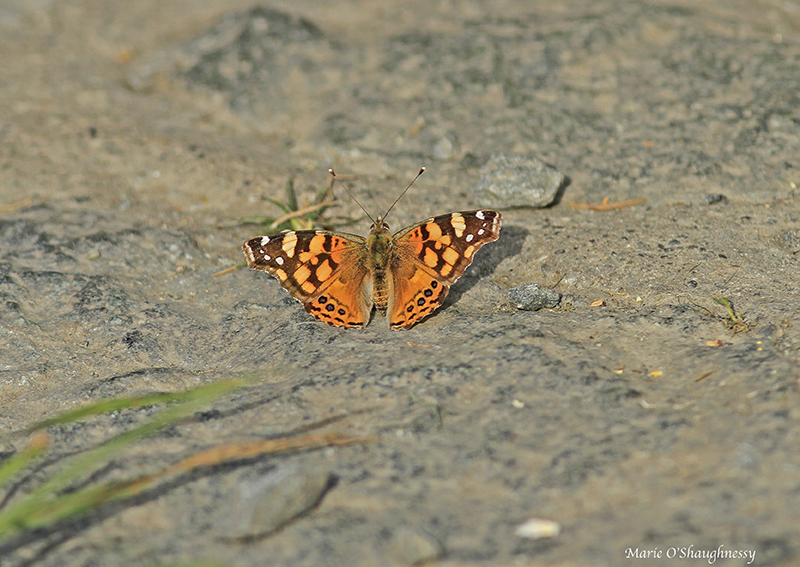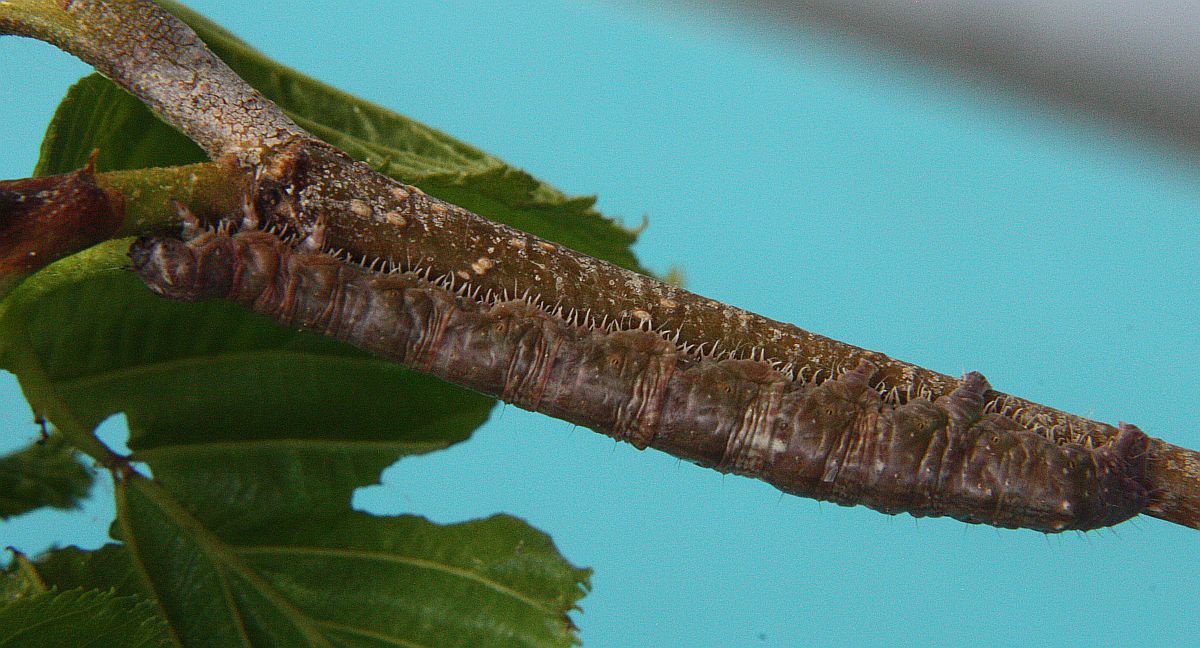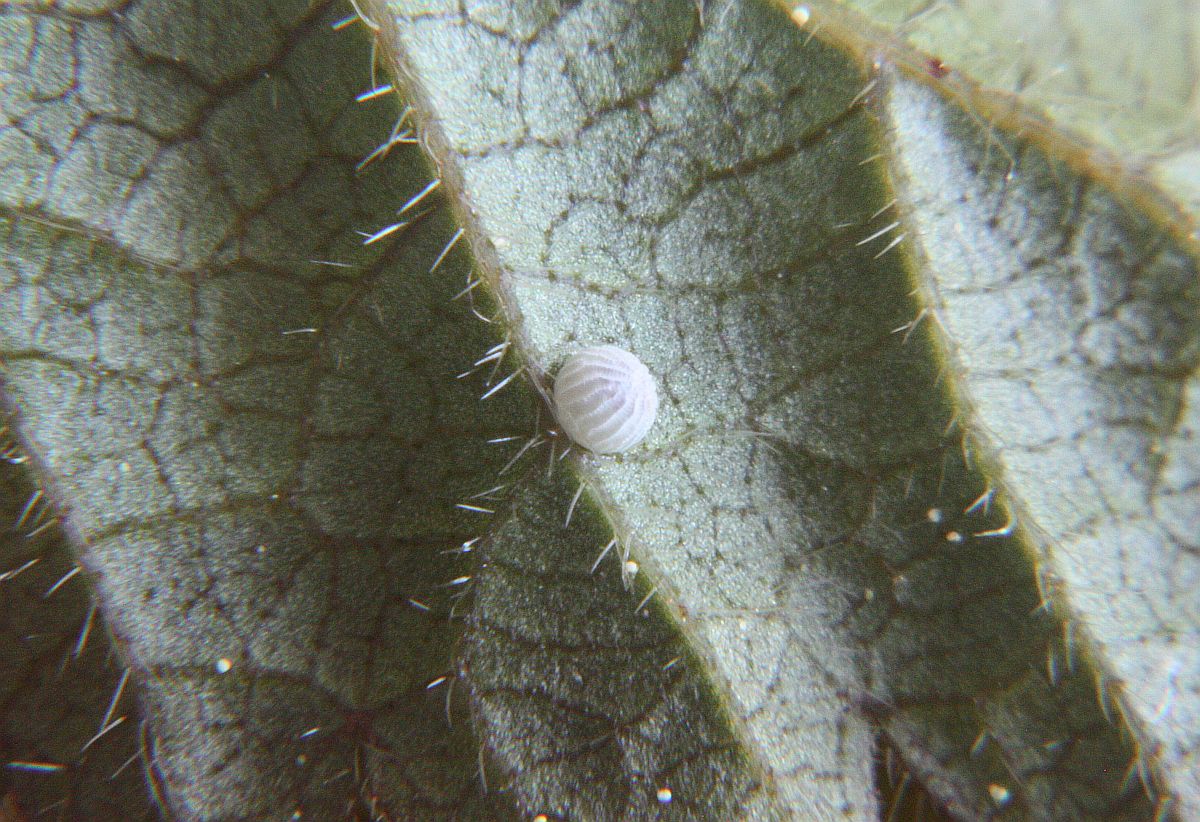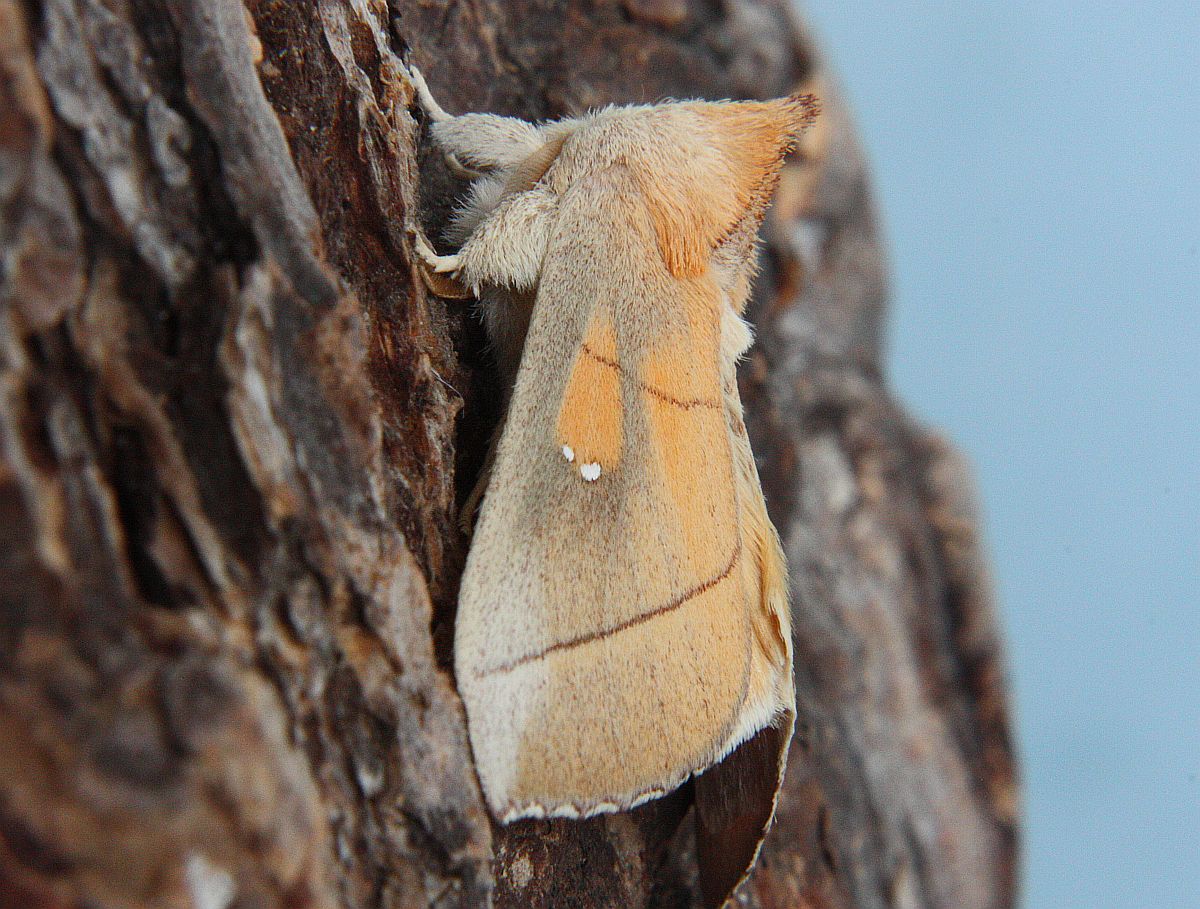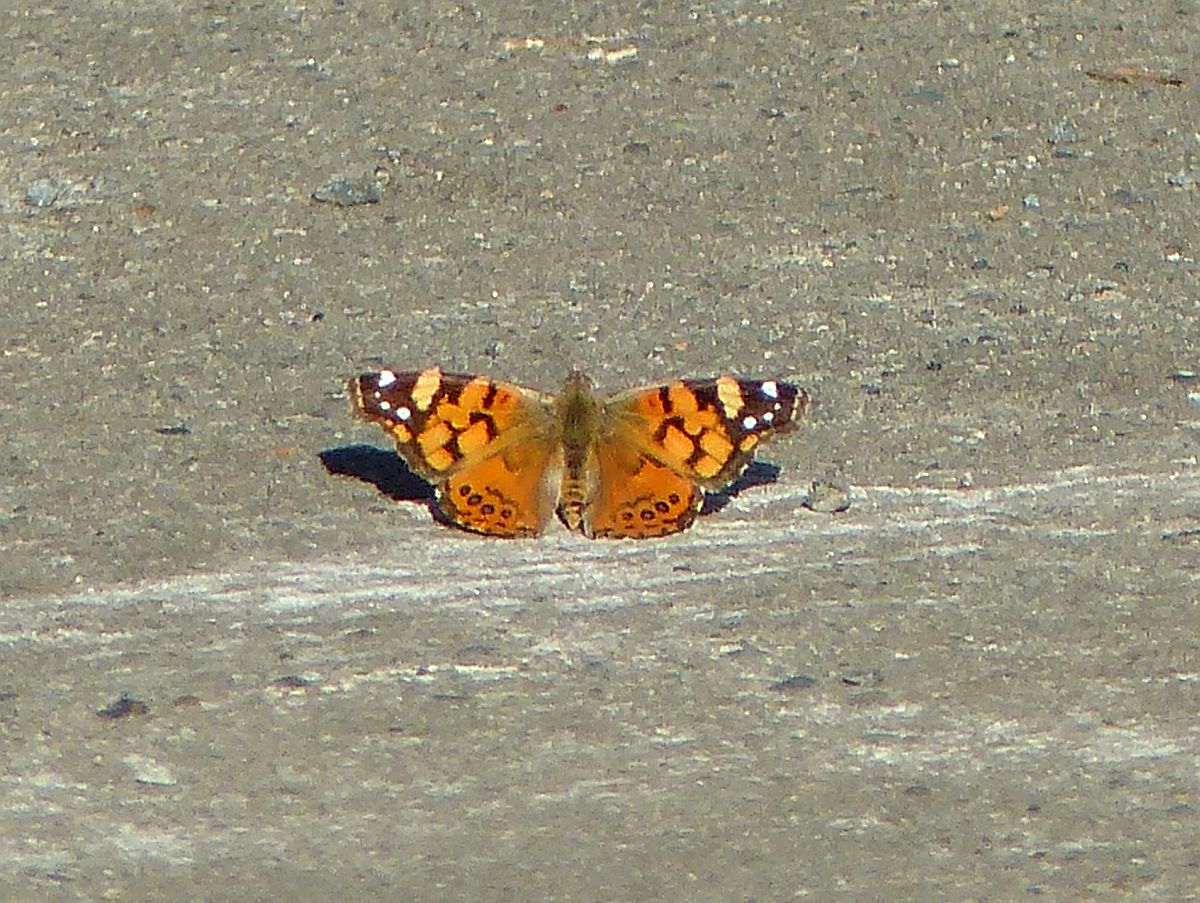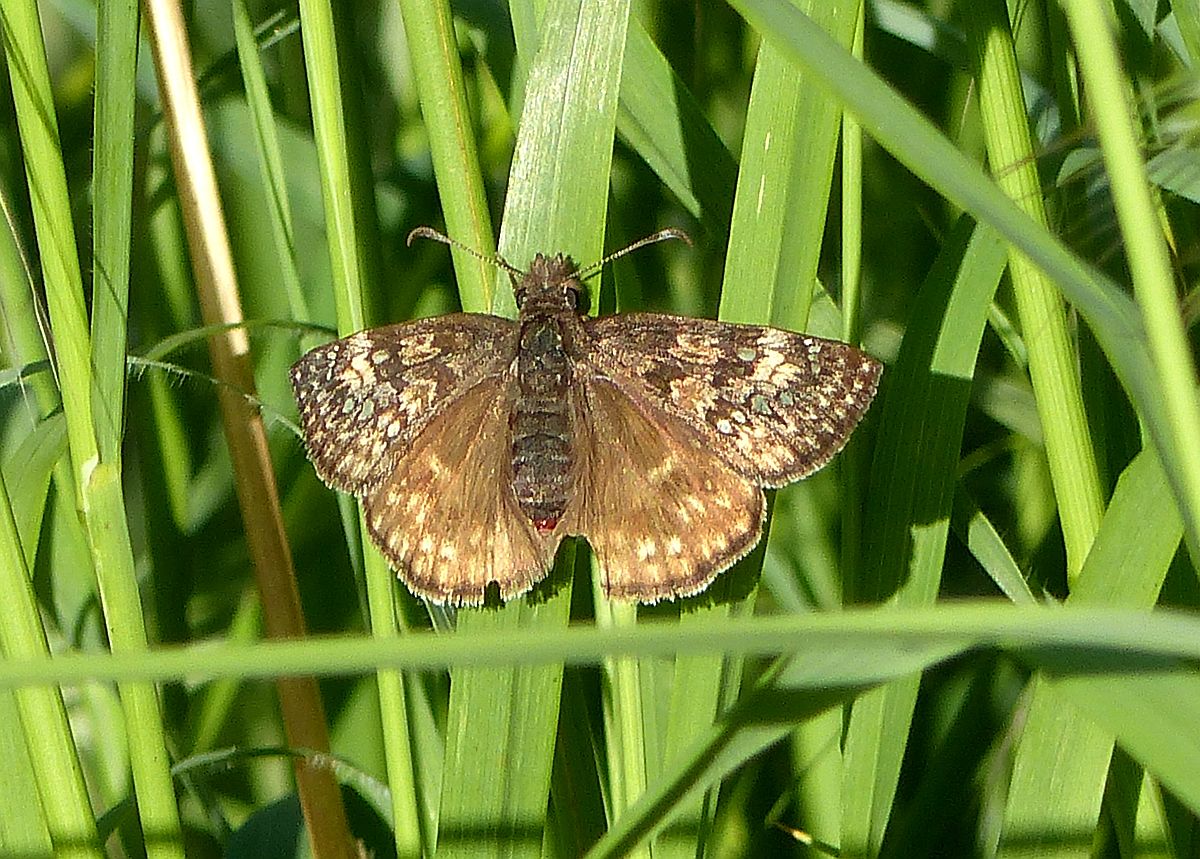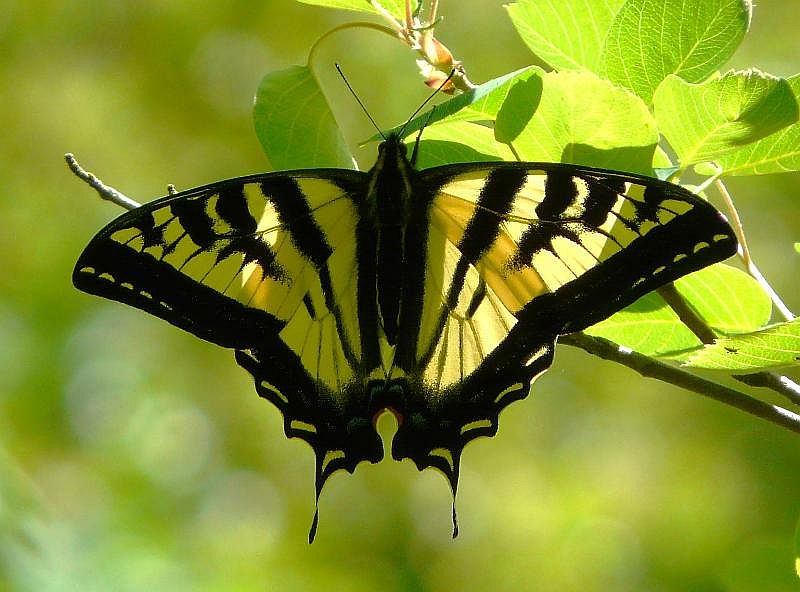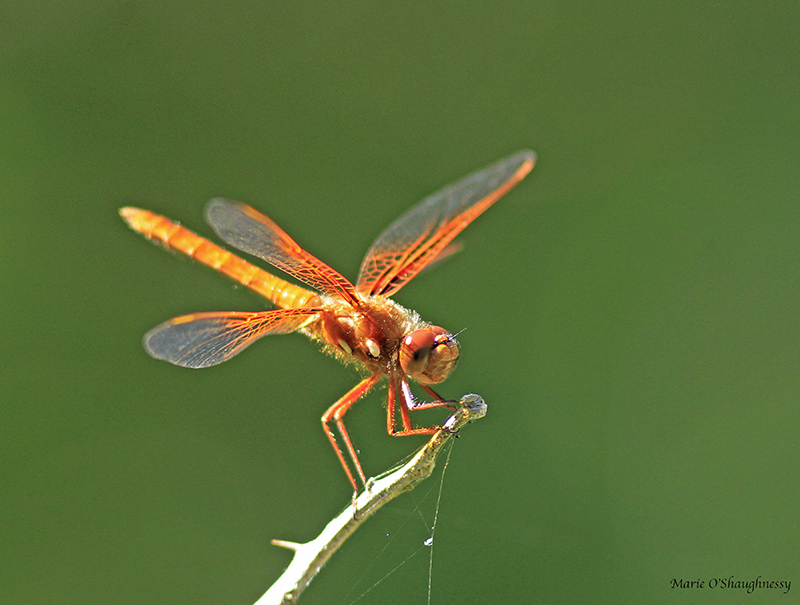2016 May 17
Jeremy Tatum writes: Don’t sit too close to the screen. I have a bit of a cold, and I wouldn’t want you to catch it. Although I’m posting this on Tuesday morning, there probably won’t be an evening posting today; the next posting will be tomorrow, and it will include some exciting goodies from Devon Parker. I’m going to curl up in bed for a while.
Mike Yip sends two photographs of Autographa californica from Nanoose Bay. Mike writes (tongue in cheek!) that he didn’t realize that they have ears. Well, in fact, noctuid moths do have ears, with which they detect bats – but they are not the ear-like things that Mike is looking at on the second photograph!
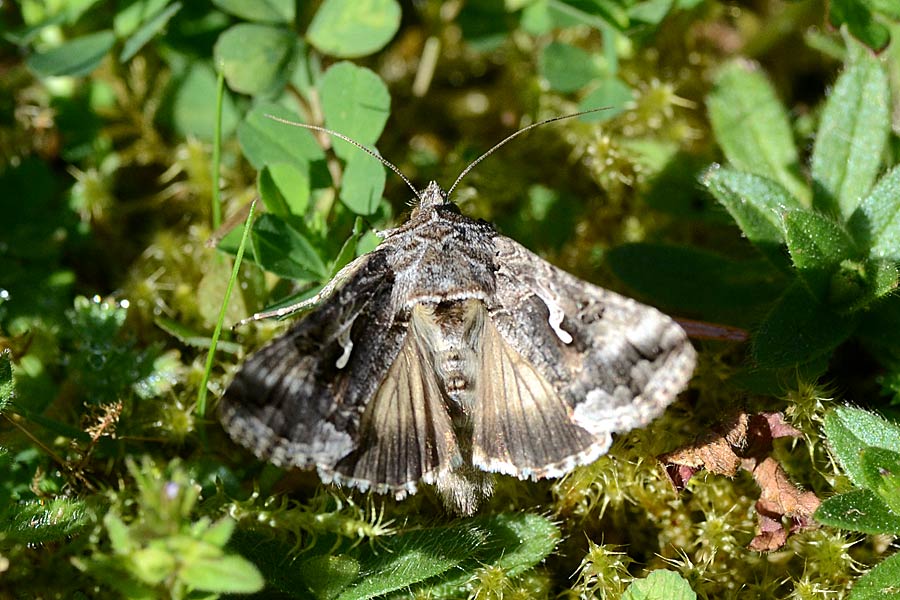
 Autographa californica (Lep.: Noctuidae) Mike Yip
Autographa californica (Lep.: Noctuidae) Mike Yip
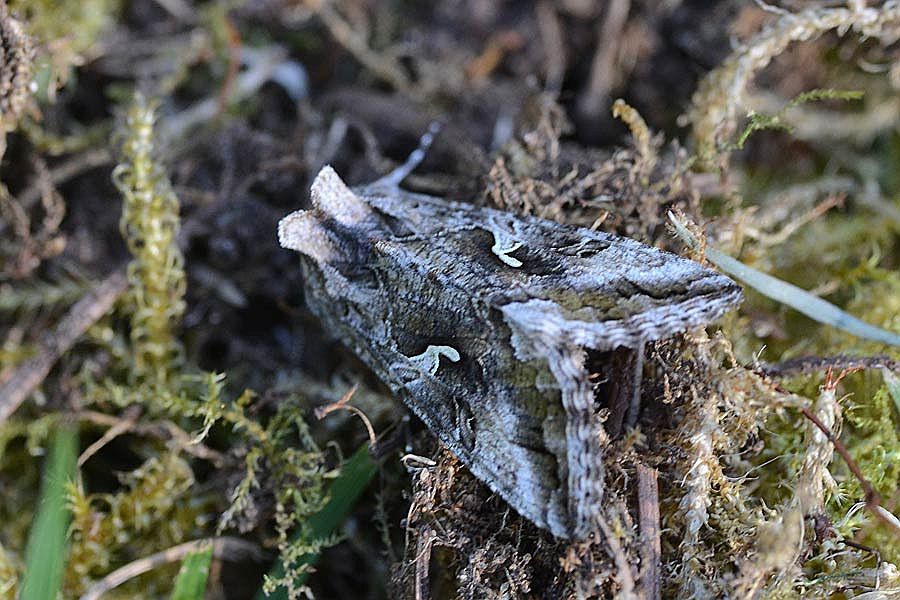
Autographa californica (Lep.: Noctuidae) Mike Yip
Jeremy Tatum shows photographs of two geometrid caterpillars. The first is that of an American Tissue Moth Triphosa haesitata from the egg found on Livesay Road, Central Saanich, and shown on April 28. The adult moths of Triphosa haesitata and Coryphista meadii can be difficult to distinguish, but the caterpillars are very different. The caterpillar of Coryphista meadii shown on May 6, is a brightly coloured, handsome creature. It feeds on Mahonia. The caterpillar of Triphosa haesitata is, well, what shall we say? More modest in its appearance, perhaps. It feeds on Frangula.
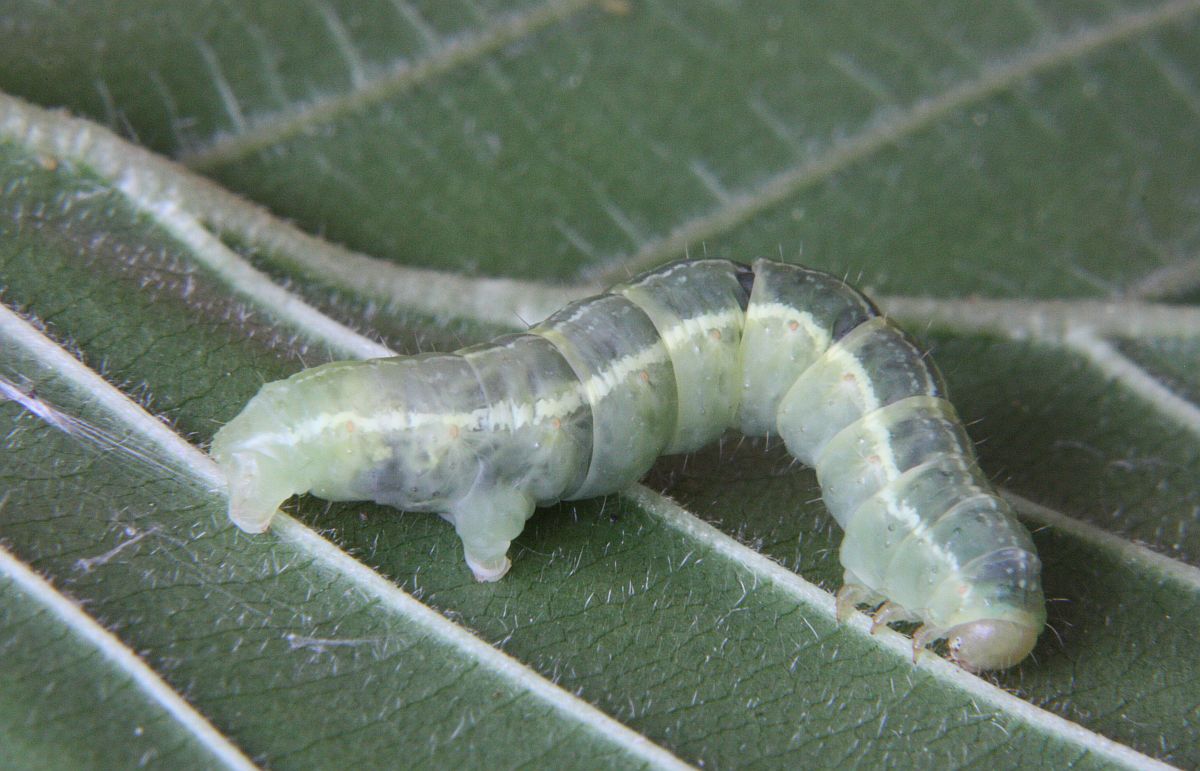
 Triphosa haesitata (Lep.: Geometridae) Jeremy Tatum
Triphosa haesitata (Lep.: Geometridae) Jeremy Tatum
The second geometrid caterpillar was found on Hardhack at Goldstream Park. For the time being I am tentatively labelling it Synaxis jubararia. We shan’t know for sure until we see the adult moth.
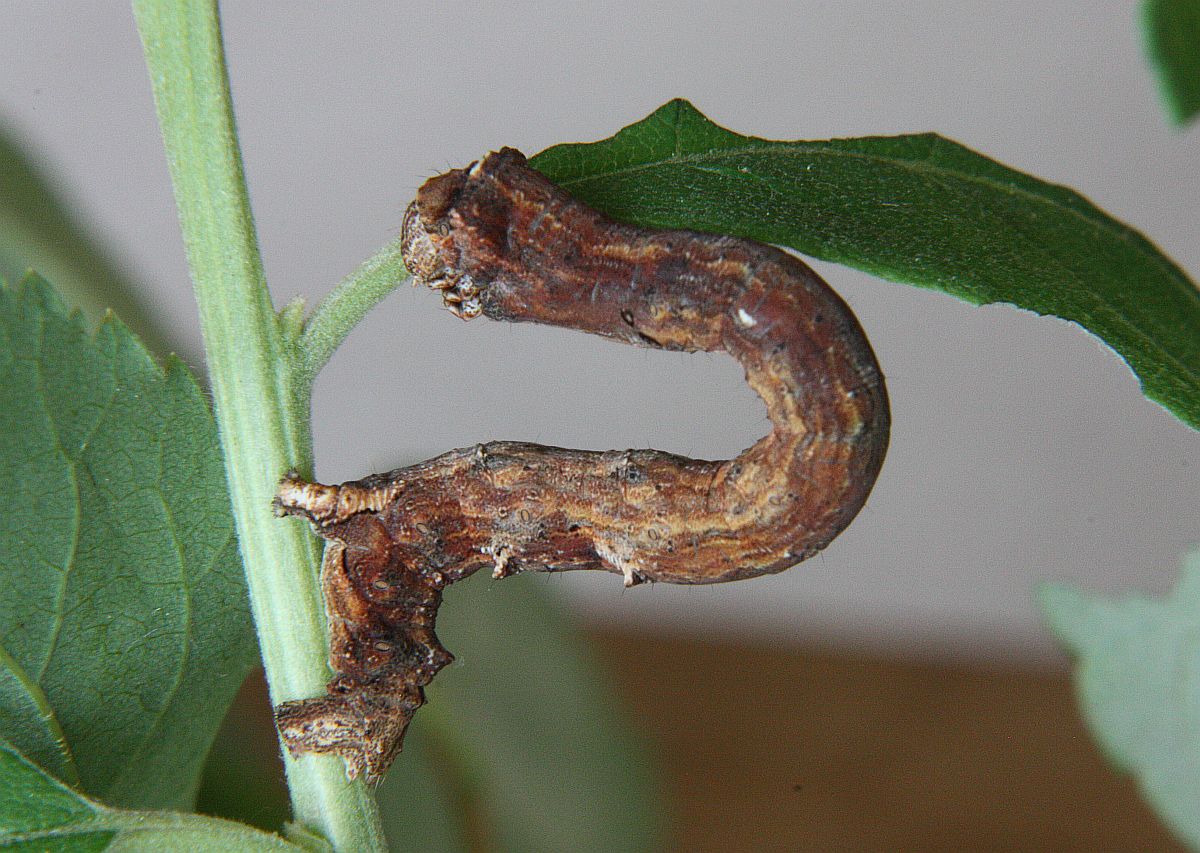
 Probably Synaxis jubararia (Lep.: Geometridae) Jeremy Tatum
Probably Synaxis jubararia (Lep.: Geometridae) Jeremy Tatum

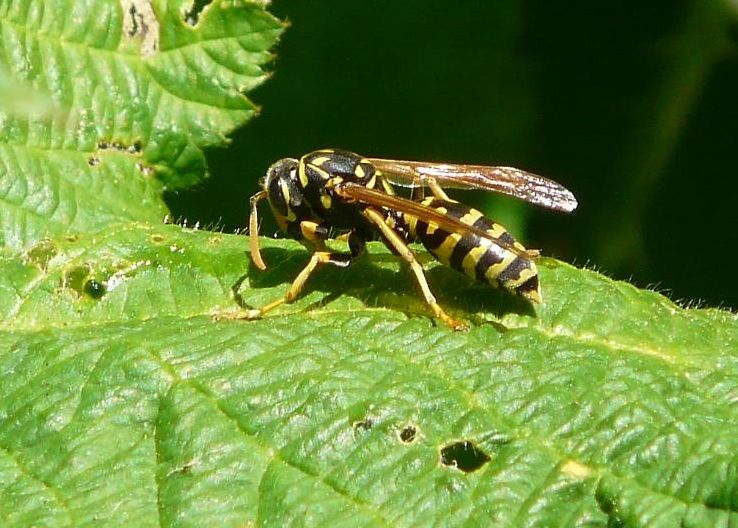

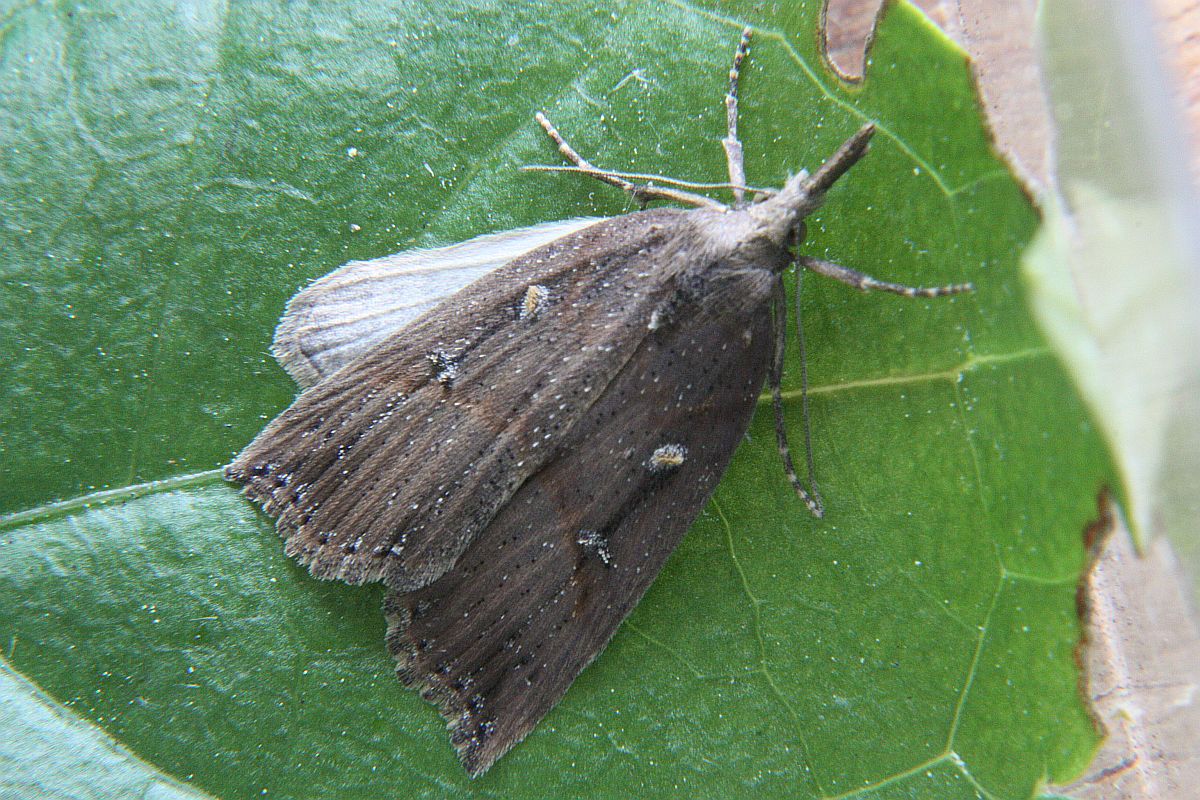
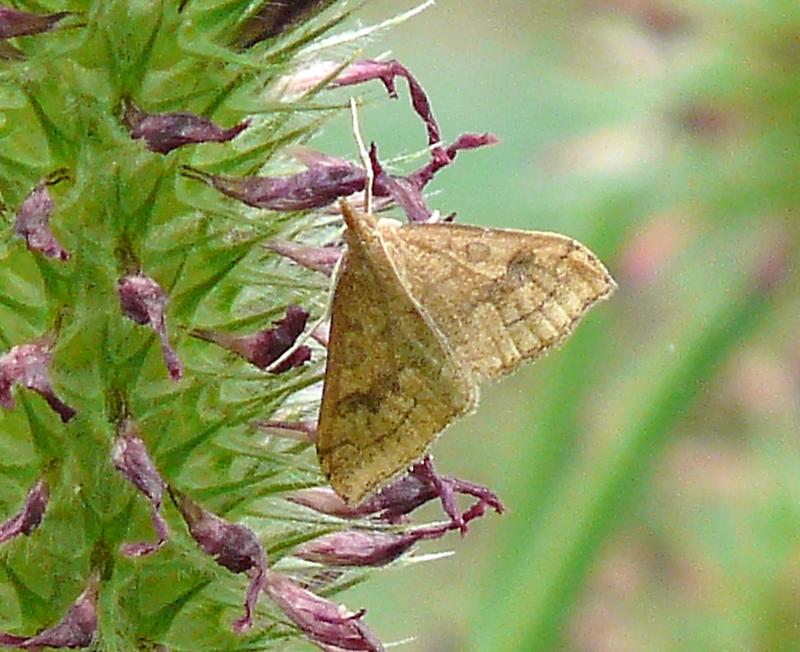
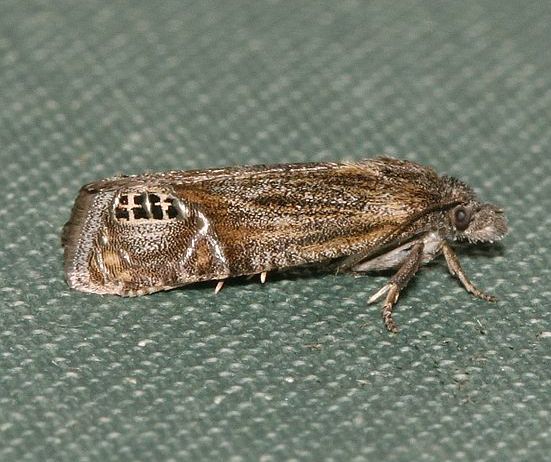
 Eucosma amphorana (Lep.: Tortricidae) Libby Avis
Eucosma amphorana (Lep.: Tortricidae) Libby Avis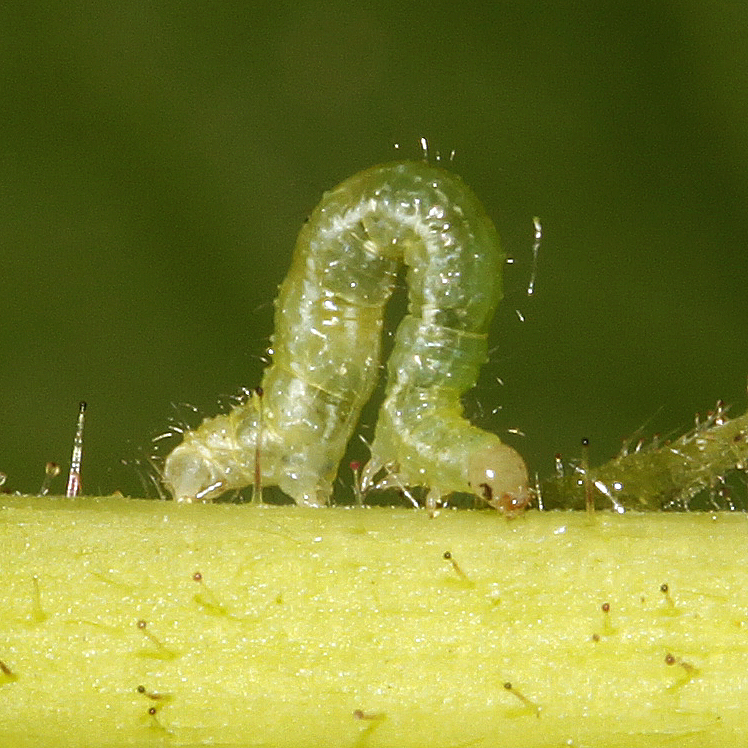
 Mesoleuca gratulata (Lep.: Geometridae) Libby Avis
Mesoleuca gratulata (Lep.: Geometridae) Libby Avis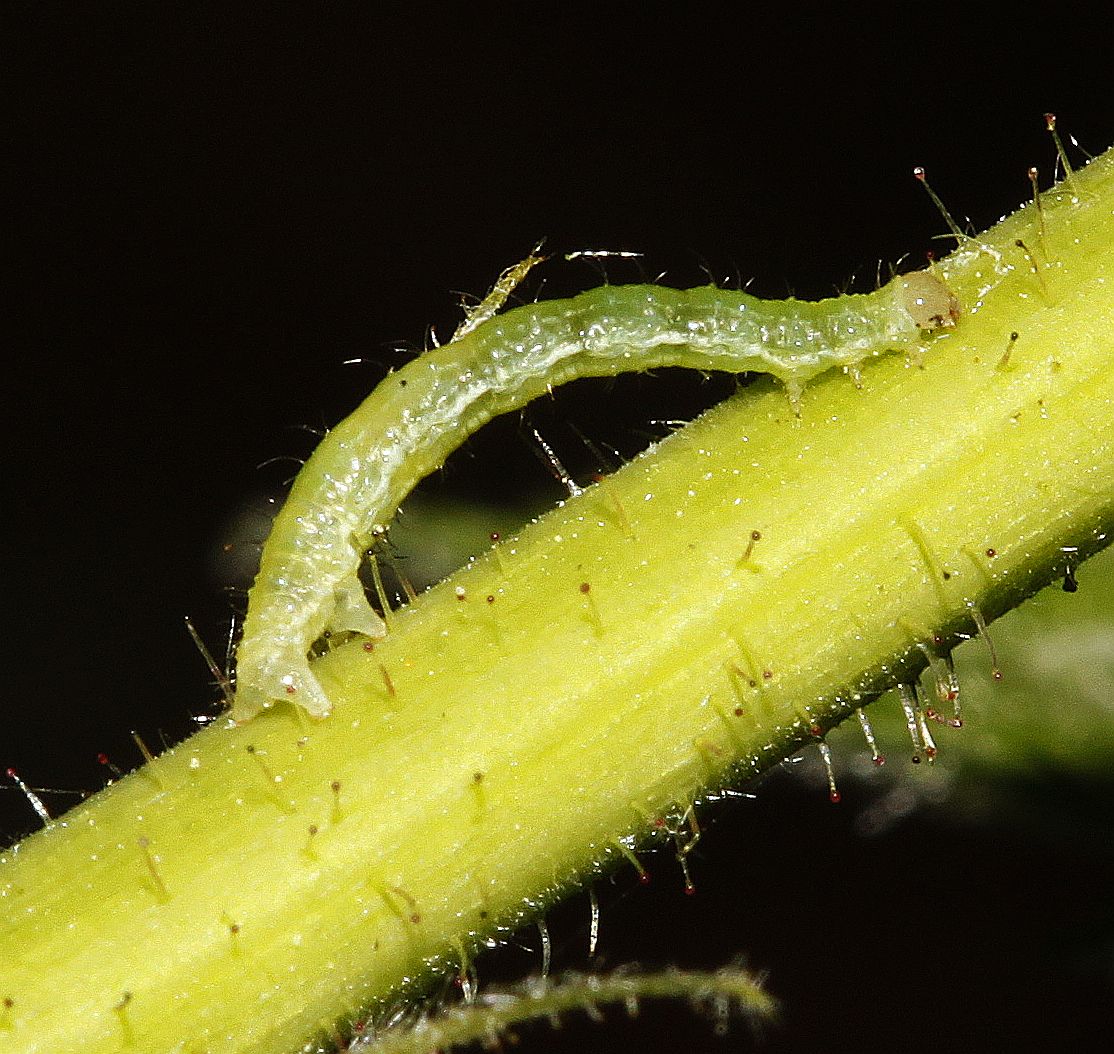
 Mesoleuca gratulata (Lep.: Geometridae) Libby Avis
Mesoleuca gratulata (Lep.: Geometridae) Libby Avis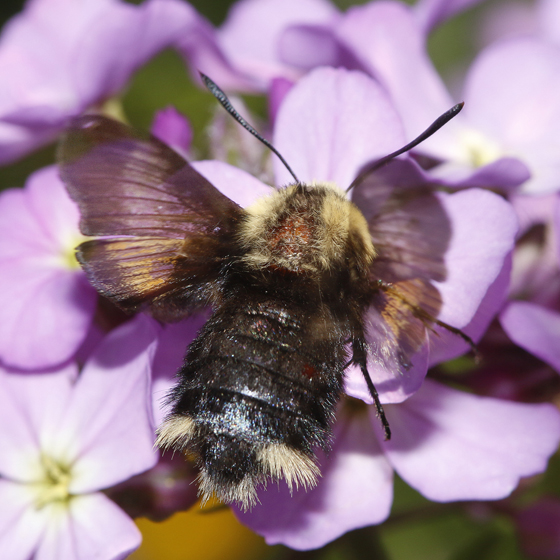
 Proserpinus flavofasciata (Lep.: Sphingidae) Rick Avis
Proserpinus flavofasciata (Lep.: Sphingidae) Rick Avis
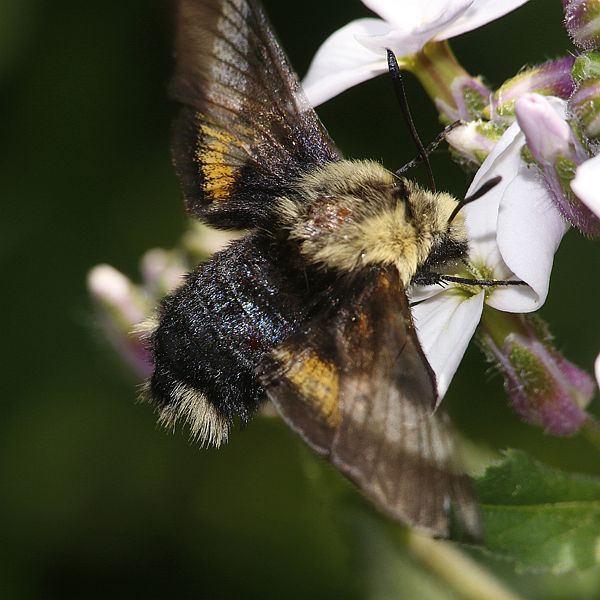
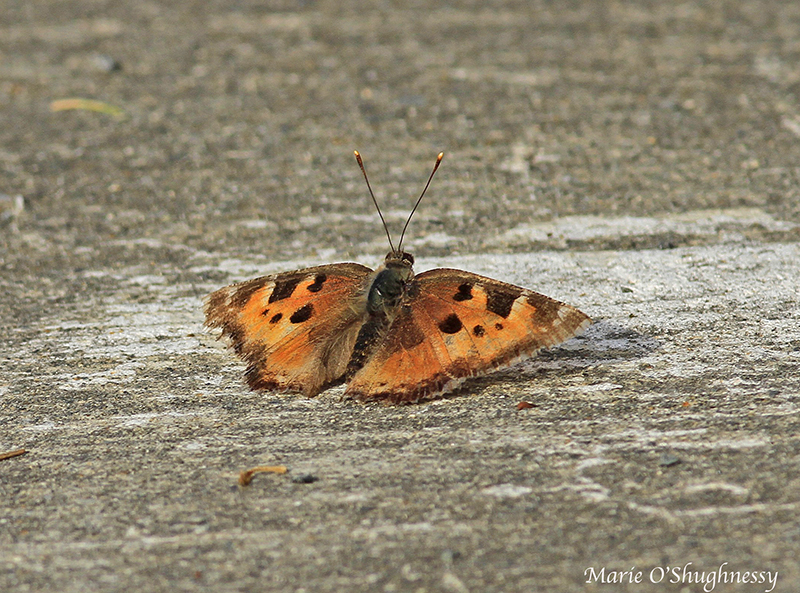
 California Tortoiseshell Nymphalis californica (Lep.: Nymphalidae)
California Tortoiseshell Nymphalis californica (Lep.: Nymphalidae)